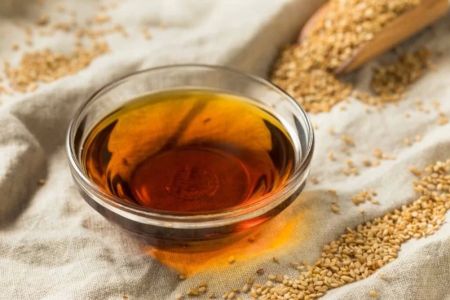Do Chinese Restaurants Use Flour? Exploring the Ingredients Behind Your Favorite Dishes
If you're a fan of Chinese cuisine, you’ve likely enjoyed a variety of dishes—from crispy spring rolls to steamed dumplings and savory noodles. But have you ever wondered what goes into making these delicious foods? Specifically, do Chinese restaurants use flour in their cooking? The short answer is yes, but let's dive deeper into how and why flour plays a key role in many Chinese dishes, and how it’s used in both traditional and modern cooking techniques.
1. Flour in Traditional Chinese Cooking
Flour has been a staple ingredient in Chinese kitchens for centuries, though its use varies significantly by region and type of dish. In traditional Chinese cuisine, flour is most commonly used to make dough for dumplings, baozi (steamed buns), and noodles. The type of flour used, such as all-purpose flour, rice flour, or wheat flour, depends on the dish being prepared.
One of the most famous uses of flour in Chinese cuisine is for making dumpling wrappers. These wrappers are typically made from wheat flour mixed with water, creating a dough that is soft and pliable. The dough is then rolled out, filled with savory ingredients, and either boiled, steamed, or pan-fried. These dumplings are an essential part of many Chinese meals, especially during festivals and family gatherings.
2. Flour in Sauces and Coatings
Flour is also used in Chinese restaurants as a key component in sauces and coatings for certain fried dishes. For example, when making crispy dishes like sweet and sour chicken or General Tso’s chicken, the chicken pieces are often coated with a flour-based batter before being fried. This batter helps to create the signature crispy texture that makes these dishes so popular. The flour can be mixed with cornstarch, egg, and other ingredients to achieve the perfect balance of crispiness and flavor.
Flour is also used as a thickening agent in sauces. In many Chinese dishes, a small amount of flour or cornstarch is added to the sauce to give it a smooth, glossy texture. The starch binds with the liquid and helps to create a thicker consistency that clings to the ingredients, making each bite more flavorful.
3. Regional Variations in the Use of Flour
The use of flour in Chinese cuisine is not limited to one specific region. In fact, different regions in China have their own unique ways of incorporating flour into dishes. For instance, in northern China, wheat flour is more common due to the region’s reliance on wheat as a staple crop. In the north, you’ll find more wheat-based dishes such as dumplings, steamed buns, and noodles. These types of dishes are less common in southern China, where rice is more widely consumed.
On the other hand, southern Chinese cuisine, especially Cantonese cooking, makes extensive use of rice flour, particularly in dim sum items like rice noodle rolls (cheung fun). These delicate rice flour-based wrappers are filled with a variety of ingredients such as shrimp, pork, or vegetables, and are steamed to perfection. This variation showcases how flour, whether wheat or rice-based, is an integral part of many Chinese culinary traditions.
4. Flour-Free Alternatives in Modern Chinese Cuisine
In recent years, many Chinese restaurants have adapted to the growing demand for gluten-free and low-carb options. As a result, some restaurants are offering flour-free alternatives for dishes traditionally made with wheat flour. For example, gluten-free dumplings made with rice flour or potato starch instead of wheat flour are becoming more common. These alternatives cater to individuals with gluten intolerance or those following specific dietary preferences.
Additionally, some Chinese restaurants are experimenting with other starches like tapioca or cornstarch to make their fried coatings or thickened sauces. These substitutions offer a similar texture and crispiness while accommodating dietary restrictions. If you are concerned about flour in your meal, it’s a good idea to ask the restaurant if they offer flour-free options or can make substitutions for you.
5. Flour in Chinese Baking and Pastries
Flour is also essential in Chinese baking, where it is used to create a wide variety of sweet and savory pastries. One example is mooncakes, a traditional Chinese pastry filled with lotus seed paste, red bean paste, or salted egg yolks, which are often consumed during the Mid-Autumn Festival. These mooncakes are made with a dough that includes wheat flour, giving them a delicate, firm texture that complements the rich filling.
In addition to mooncakes, Chinese bakeries offer a range of other baked goods, such as egg tarts, pineapple buns, and savory buns filled with pork or vegetables. These pastries, often made with a combination of wheat flour and other ingredients, have become beloved snacks both in China and around the world. Many Chinese restaurants that offer dim sum will also serve a variety of these pastries, making them an essential part of the experience.
6. How Flour Affects the Flavor and Texture of Chinese Dishes
Flour is not just a filler in Chinese cuisine; it plays an important role in shaping the flavor and texture of many dishes. When used in dumplings, baozi, and noodles, flour helps create a soft, chewy texture that balances out the rich and flavorful fillings. The consistency of the dough, whether thick or thin, is crucial in determining how the food feels in your mouth and how well it holds up during cooking.
Flour also enhances the flavor of fried dishes, providing a crisp, golden-brown exterior that contrasts with the tender interior. This textural contrast is one of the reasons why fried Chinese foods are so enjoyable. In sauces, the use of flour helps achieve the right consistency and allows the sauce to adhere to the ingredients, intensifying the overall flavor of the dish.
SEO Title: Do Chinese Restaurants Use Flour? Understanding its Role in Cooking SEO Keywords: Chinese restaurants, flour in cooking, Chinese cuisine, wheat flour, rice flour, gluten-free Chinese food, dumplings, fried chicken, sauces SEO Description: Learn about the use of flour in Chinese cuisine, from dumplings and fried dishes to sauces and desserts. Discover how different regions in China use flour and alternatives in modern recipes.

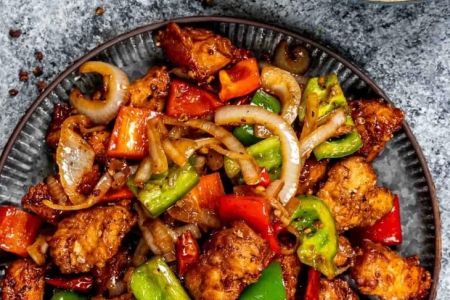
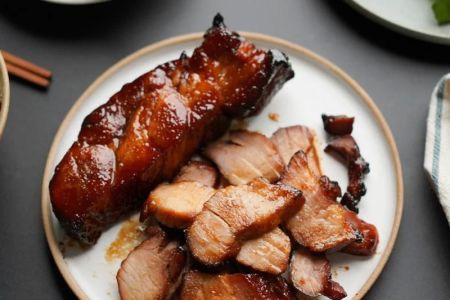
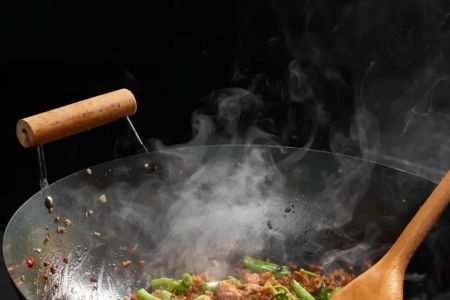
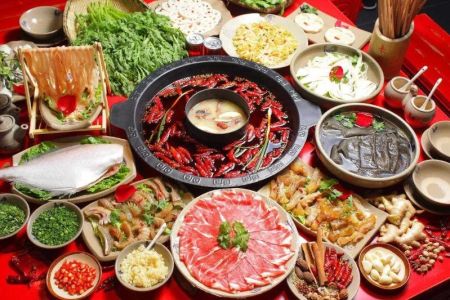
![Top Chinese Restaurants for Authentic Cantonese Cuisine in [Your City]](https://img.gochinarose.com/d33/2507/4157910400_450x300.webp)
